General Dynamics is currently trading near its 52-week low, having fallen 4.6% over the past year. So, should you start buying the stock at its current price? To answer this, I’ll jump into my stock valuation spreadsheet, where I’ll plug in the company’s ticker and let the metrics reveal the insights automatically.
To evaluate General Dynamics’ past performance and future potential, I’ll use the nine-pillar analysis. The company gets an impressive 8 out of 9 rating, with only one pillar in the red—the five-year profit margin.
Profit Margin & Stability
Zooming into pillar six, we see the profit margin has declined from 8.35% in 2020 to 7.93% today. This trend isn’t too alarming—it’s common among defense stocks, which have faced margin compression over the past five years.
Despite the decline, General Dynamics’ return on invested capital (ROIC) has remained stable, indicating strong financial management. Because of this, I’m not too concerned about the lower profit margin—the company is still deploying its capital efficiently.
Financial Growth & Undervaluation
As I always say, a company’s stock price growth is largely driven by financial growth. Let’s look at some key metrics:
- Five-year revenue growth: 4.80%
- Five-year free cash flow growth: 3.85%
- Five-year net income growth: 3.76%
These growth rates are relatively low, but here’s the key takeaway—when buying undervalued stocks, their stock price tends to outpace financial growth as valuation levels adjust. So, is General Dynamics actually undervalued?
Valuation Metrics: A Possible Buying Opportunity?
A quick way to check for undervaluation is by examining the five-year P/E ratio and price-to-free cash flow.
- Five-year P/E ratio: 17.22 → Investors paid $17 per dollar of General Dynamics’ earnings.
- Current P/E ratio: 18.85 → A slight increase, but still lower than industry averages.
- Price-to-free cash flow: 18.64 → Also lower than historical valuation levels.
These numbers suggest potential undervaluation, but to be sure, I’ll calculate the company’s intrinsic value using four valuation models.
Intrinsic Value: Graham’s Formula
Using Graham’s formula, I factor in:
- Five-year EPS
- Base P/E ratio
- Growth rate multiplier
- AAA corporate bond yields
To estimate five-year earnings growth, I predict:
- High growth: 12%
- Medium growth: 9%
- Low growth: 7%
Averaging these estimates with analysts’ projections, I get a future growth estimate of 11.40%. Plugging this into Graham’s formula results in an intrinsic value of $279.28—9% higher than General Dynamics’ current trading price.
Intrinsic Value: Discounted Cash Flow (DCF) Model
Next, I apply the DCF model, using General Dynamics’ past five years of free cash flow and projecting future growth rates:
- High growth: 8%
- Medium growth: 6%
- Low growth: 3%
- Average future growth rate: 5.7%
After factoring in a discount rate of 7.66%, converting future free cash flows to present value, and subtracting debt, I arrive at an intrinsic value of $254.44—slightly below the current stock price.
Long-Term Liabilities & Dividends
Before moving to the final valuation models, let’s check pillar nine, which evaluates long-term liabilities.
- General Dynamics’ long-term liabilities over five-year free cash flow (negative dividends) sit at 1.97.
- This means that with current free cash flow and dividend payouts, the company could pay off all debt in about 10 years—a reasonable timeframe.
Turning to pillar eight, we see General Dynamics boasts a **five-year dividend CAGR of 6.60%**—higher than the industry average.
- Dividend yield: 2.21% → Above the typical stock dividend yield.
- Dividend growth: $4.40 in 2020 to $5.68 in 2024.
- Five-year free cash flow payout ratio: **41.27%**—low and sustainable.
These strong dividend metrics make General Dynamics attractive for income investors, providing both growth and stability.
Final Valuation Models
Multiples Valuation
I compare General Dynamics to a key competitor—Lockheed Martin. Taking Lockheed Martin’s current stock price, dividing by earnings per share, and multiplying by General Dynamics’ EPS, I get an intrinsic value of $272.00.
Dividend Discount Model
Using five-year dividend growth projections, I estimate:
- High growth: 8%
- Medium growth: 6%
- Low growth: 3%
- Projected growth rate: 5.67%
This yields an intrinsic value of $300.00, reinforcing General Dynamics’ strength as a dividend-paying stock.
Ultimate Valuation
Finally, I average out all four valuation models, settling on an intrinsic value of $276.80—8.5% higher than its current stock price.
- Applying a 10% margin of safety, the acceptable buy price is $249.12—a level General Dynamics could reach soon.
Final Thoughts
If you’re interested in learning how to analyze stocks, value companies, and make investment decisions, I’ve started offering one-on-one investing lessons. You can sign up at the link in the description, where we’re currently offering a 20% discount!
With General Dynamics trading near its 52-week low, is now the right time to buy?
Similar Stocks to General Dynamics
| Company |
Symbol |
Why It's Better Than GD |
| Lockheed Martin |
LMT |
Stronger defense contracts and higher revenue growth. |
| Northrop Grumman |
NOC |
Superior aerospace innovation and higher profit margins. |
| Boeing |
BA |
Larger commercial aviation segment, diversifying revenue streams. |
| TransDigm Group |
TDG |
Higher profitability and specialized aerospace components. |
| Textron |
TXT |
Broader industrial portfolio beyond defense, reducing risk. |
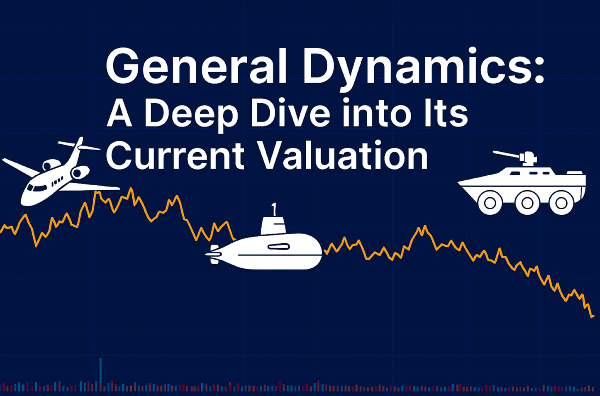


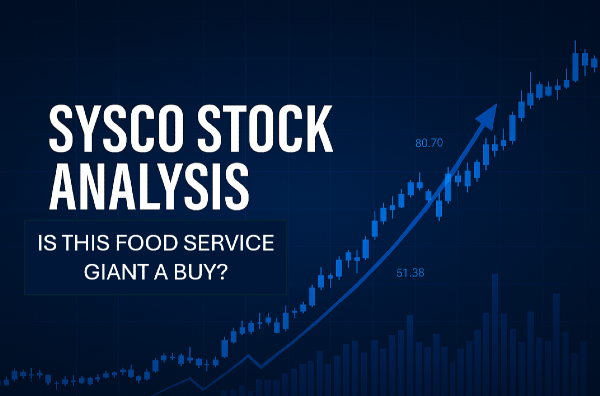
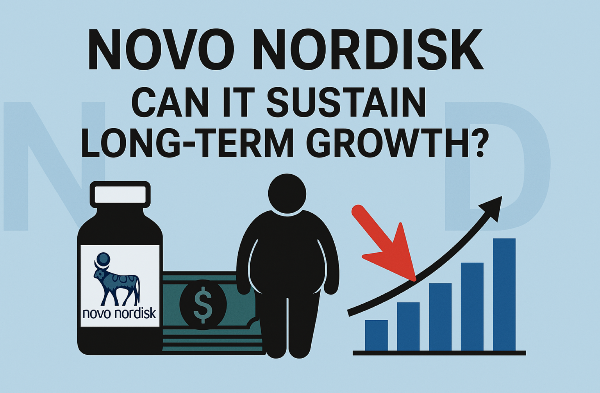

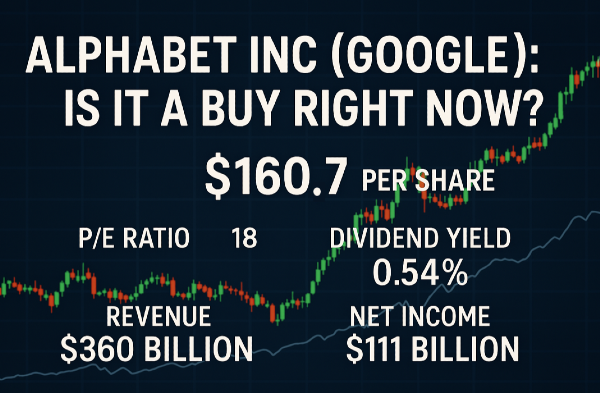

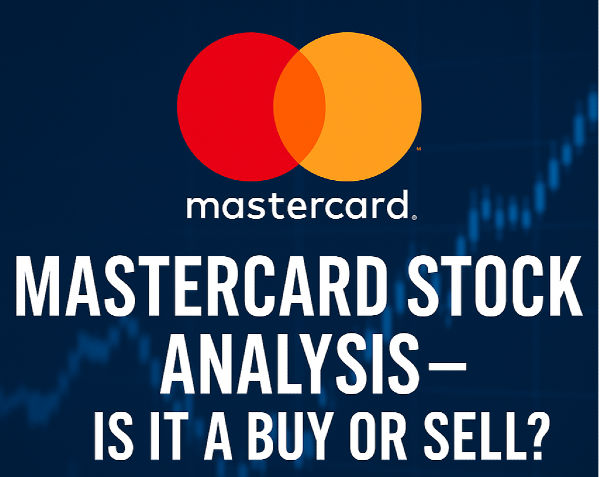
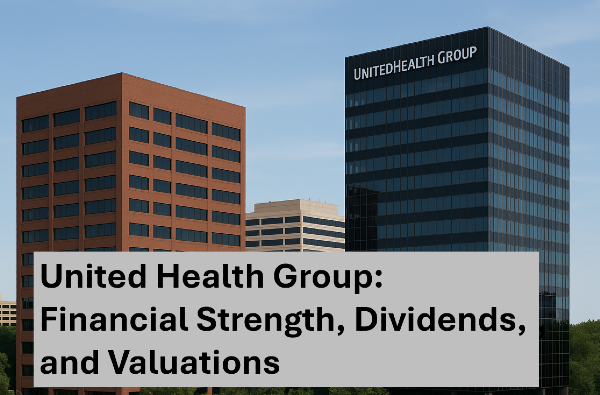
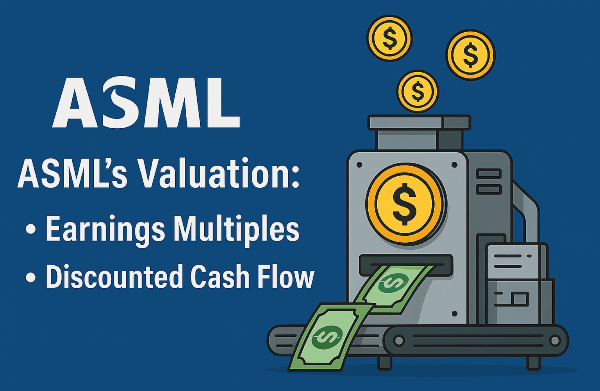

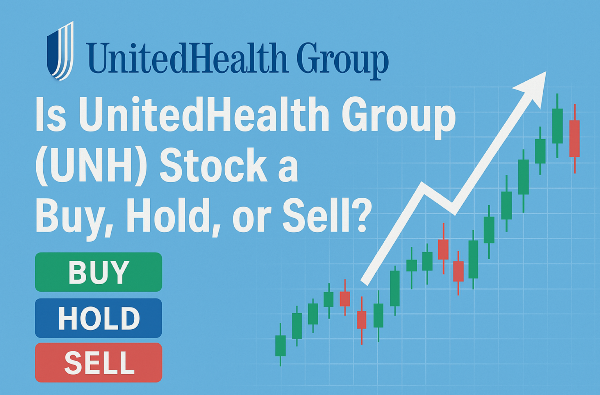
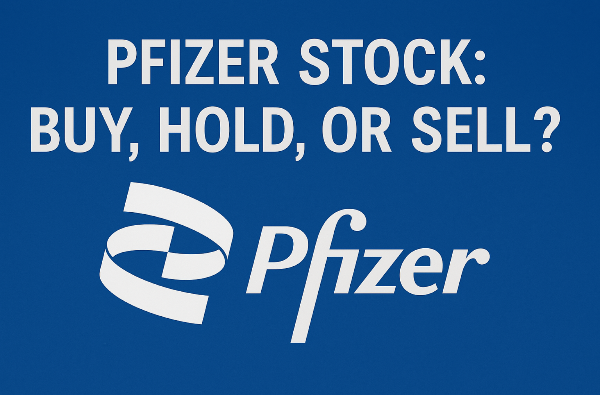

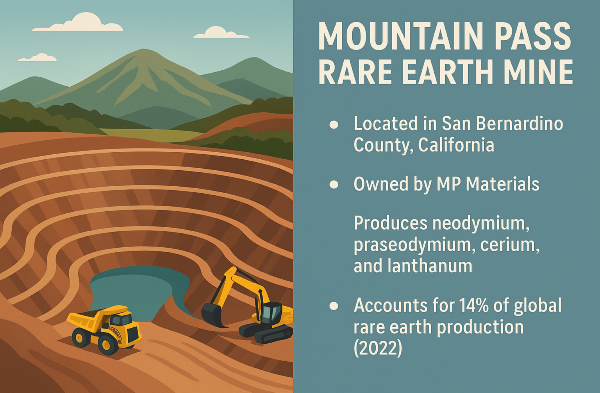
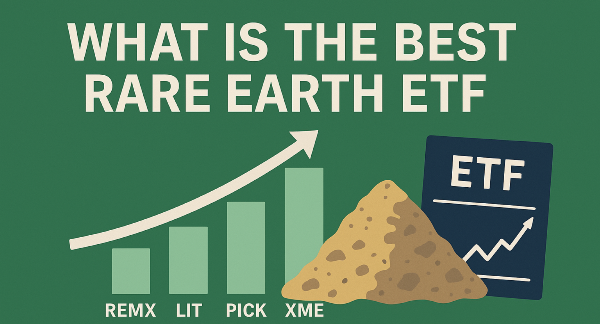











General Dynamics is currently trading near its 52-week low, having fallen 4.6% over the past year. So, should you start buying the stock at its current price? To answer this, I’ll jump into my stock valuation spreadsheet, where I’ll plug in the company’s ticker and let the metrics reveal the insights automatically.
To evaluate General Dynamics’ past performance and future potential, I’ll use the nine-pillar analysis. The company gets an impressive 8 out of 9 rating, with only one pillar in the red—the five-year profit margin.
Profit Margin & Stability
Zooming into pillar six, we see the profit margin has declined from 8.35% in 2020 to 7.93% today. This trend isn’t too alarming—it’s common among defense stocks, which have faced margin compression over the past five years.
Despite the decline, General Dynamics’ return on invested capital (ROIC) has remained stable, indicating strong financial management. Because of this, I’m not too concerned about the lower profit margin—the company is still deploying its capital efficiently.
Financial Growth & Undervaluation
As I always say, a company’s stock price growth is largely driven by financial growth. Let’s look at some key metrics:
These growth rates are relatively low, but here’s the key takeaway—when buying undervalued stocks, their stock price tends to outpace financial growth as valuation levels adjust. So, is General Dynamics actually undervalued?
Valuation Metrics: A Possible Buying Opportunity?
A quick way to check for undervaluation is by examining the five-year P/E ratio and price-to-free cash flow.
These numbers suggest potential undervaluation, but to be sure, I’ll calculate the company’s intrinsic value using four valuation models.
Intrinsic Value: Graham’s Formula
Using Graham’s formula, I factor in:
To estimate five-year earnings growth, I predict:
Averaging these estimates with analysts’ projections, I get a future growth estimate of 11.40%. Plugging this into Graham’s formula results in an intrinsic value of $279.28—9% higher than General Dynamics’ current trading price.
Intrinsic Value: Discounted Cash Flow (DCF) Model
Next, I apply the DCF model, using General Dynamics’ past five years of free cash flow and projecting future growth rates:
After factoring in a discount rate of 7.66%, converting future free cash flows to present value, and subtracting debt, I arrive at an intrinsic value of $254.44—slightly below the current stock price.
Long-Term Liabilities & Dividends
Before moving to the final valuation models, let’s check pillar nine, which evaluates long-term liabilities.
Turning to pillar eight, we see General Dynamics boasts a **five-year dividend CAGR of 6.60%**—higher than the industry average.
These strong dividend metrics make General Dynamics attractive for income investors, providing both growth and stability.
Final Valuation Models
Multiples Valuation
I compare General Dynamics to a key competitor—Lockheed Martin. Taking Lockheed Martin’s current stock price, dividing by earnings per share, and multiplying by General Dynamics’ EPS, I get an intrinsic value of $272.00.
Dividend Discount Model
Using five-year dividend growth projections, I estimate:
This yields an intrinsic value of $300.00, reinforcing General Dynamics’ strength as a dividend-paying stock.
Ultimate Valuation
Finally, I average out all four valuation models, settling on an intrinsic value of $276.80—8.5% higher than its current stock price.
Final Thoughts
If you’re interested in learning how to analyze stocks, value companies, and make investment decisions, I’ve started offering one-on-one investing lessons. You can sign up at the link in the description, where we’re currently offering a 20% discount!
With General Dynamics trading near its 52-week low, is now the right time to buy?
Similar Stocks to General Dynamics